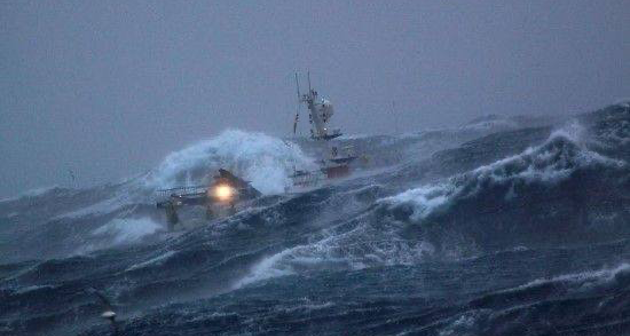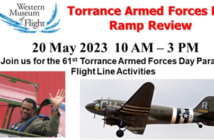John Lambert’s story ( GPS 4th Edition -The Sea) reminded me of a similar event in 1965 on Yankee Station. My wingman and I had launched from the USS Midway on the 0430 launch for a night armed recce in North Vietnam. We completed our mission and had to dodge thunderstorms on the way back to the ship. As we were navigating between thunderheads, my trusty A4C was struck by lightning. After a bright flash and a loud bang, I checked my gauges and found nothing wrong, so we continued to make our recovery on time.
When we switched to the approach frequency, we were told we would be getting a random radar approach and to start our descent. After we cleared the thunderstorms, we found ourselves in a totally clear area. The light of the moon and the glow of the impending sunrise clearly illuminated everything and we could see the ship. As we continued our descent and after approach control separated us, I was given a radar vector to 10 miles behind the carrier for a straight-in radar approach. It was so bright that I knew I was going to get a cherished “pinky”, a trap logged as a night landing but almost clear enough for a day approach.
As I transitioned to the landing configuration, I noted that the Angle of Attack indicator was inoperative. After landing it was discovered that the lightning had hit it and welded the vane to the housing of the instrument. We also found out that we were the last strike aircraft to land and the 0600 launch had been cancelled. A strong low-pressure area formed right around Yankee Station. It continued to strengthen to form a typhoon. The reason that it was so clear for approach and landing was that we were in the eye of the storm. Right after we and the tanker behind us landed, respotting and tying aircraft down for storm conditions commenced. As many aircraft as possible were spotted in the hangar deck and on the flight deck. They were all tied down with 12 chains and 4 hurricane tie downs (steel cables). In the mean-time everyone on the ship was securing anything that would move around such as items with a door or drawers (file cabinets, tool chests, etc.). Then about 1200 the ship turned south into the storm to move to open water.
I was in the tower around 1600 to see the power of the storm for myself. Shortly after I got there the wing lock restraints on the vertical tail of an A3D came free and the tail started flapping in the wind. The A3D tail folded over to permit access to the hangar deck. Soon I saw the Fight Deck officer, a close friend, and one of his flight deck crewmen emerge from the island. They grabbed the safety line that had been rigged and started toward the A3D to try to get the tail restrained again. They had only gotten a few yards when a tremendous gust of wind came up and I saw my friend with both feet in the air and hanging frantically onto the safety line. As soon as the gust let up, they both retreated to the island and the tail remained free for the rest of the transit out of the storm. Later I learned that the gust had measured 108 knots.
After spending a night hanging on to the bed rails and trying to get some sleep, we cleared the storm by mid morning and enjoyed a day of rest because no flights could be made over the north. By the following day the typhoon had moved out of the area of Yankee Station and we were back at it with an Alpha strike to let them know we had returned.




